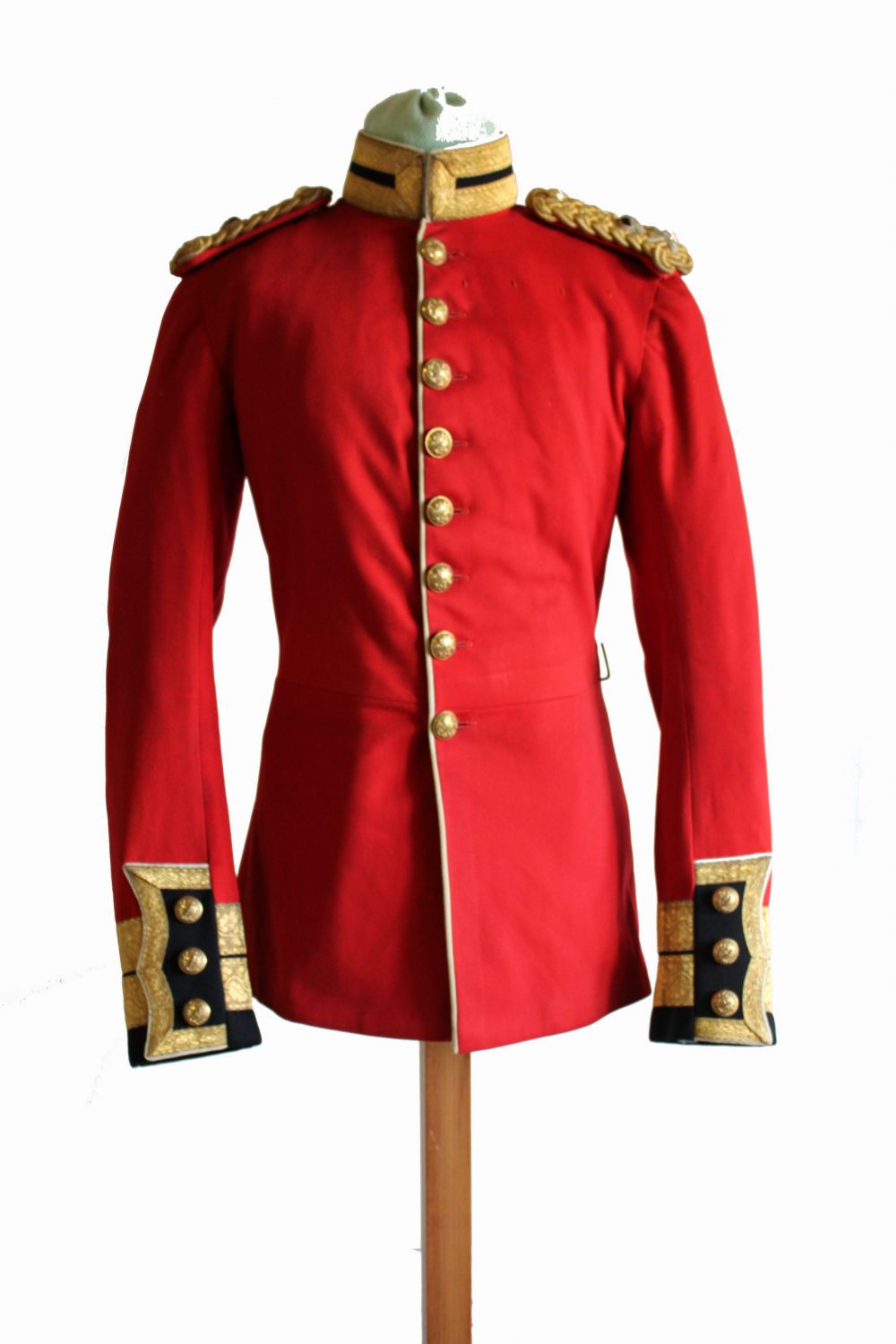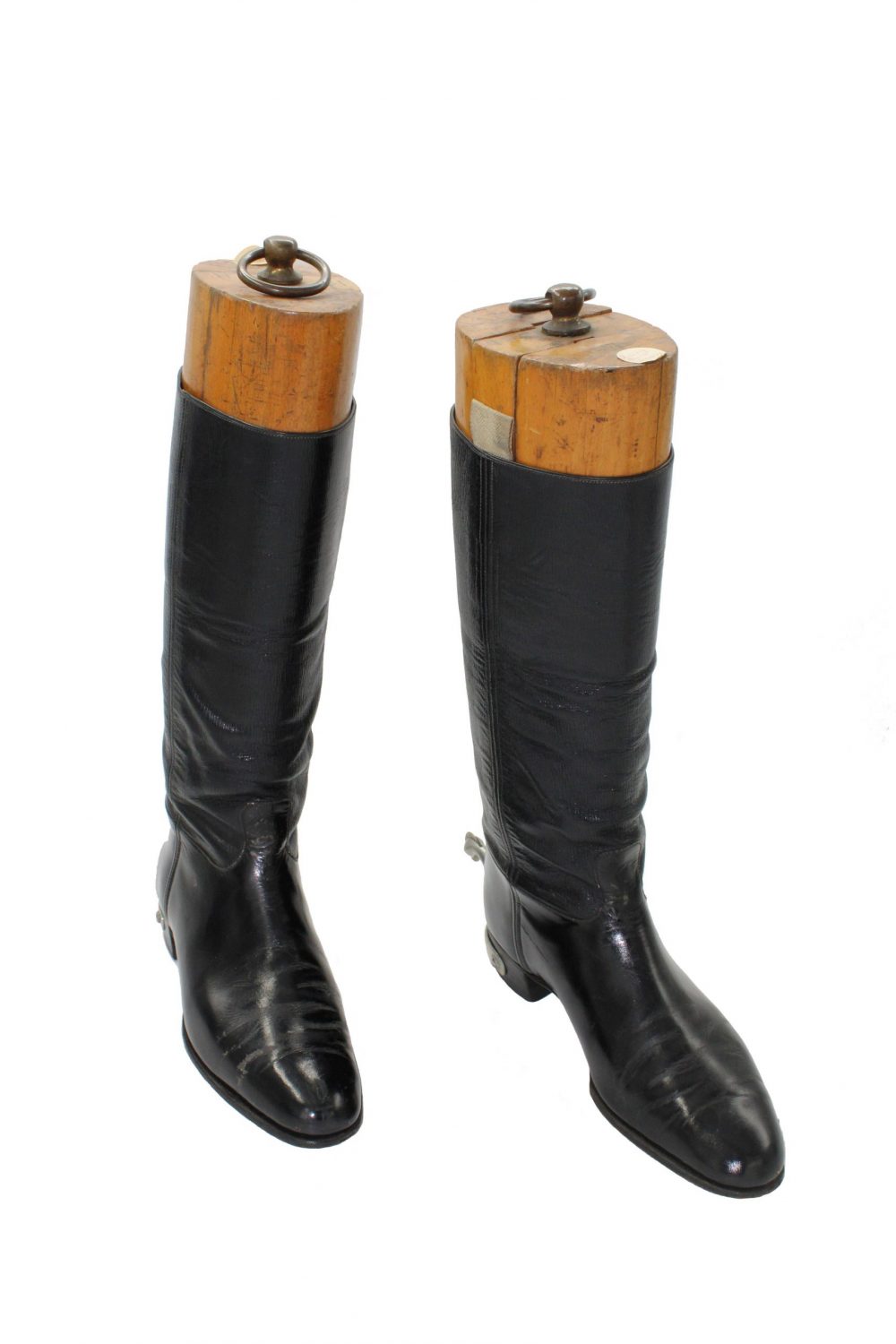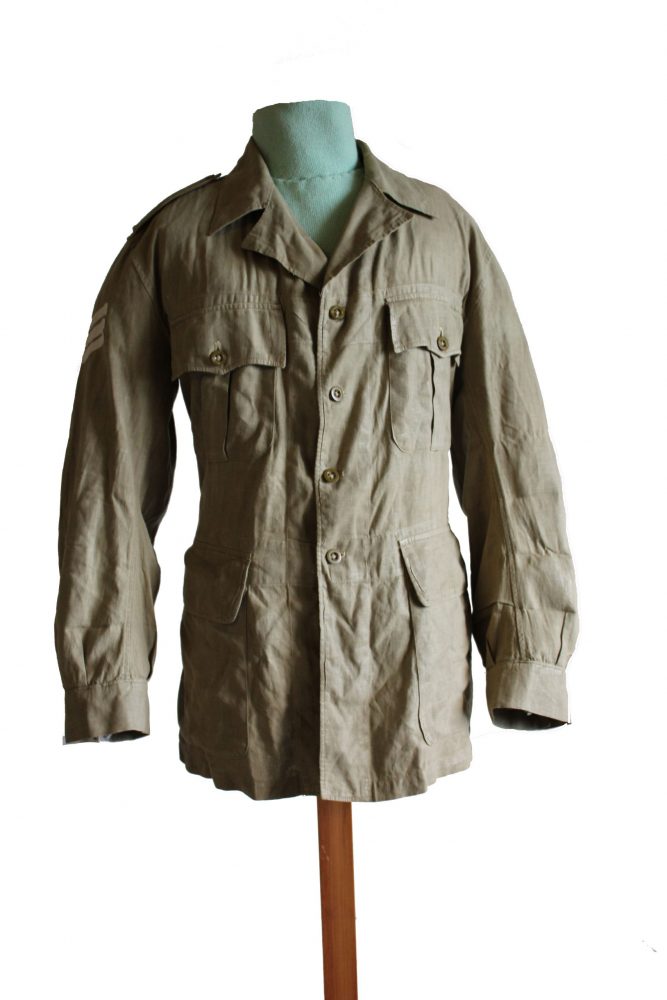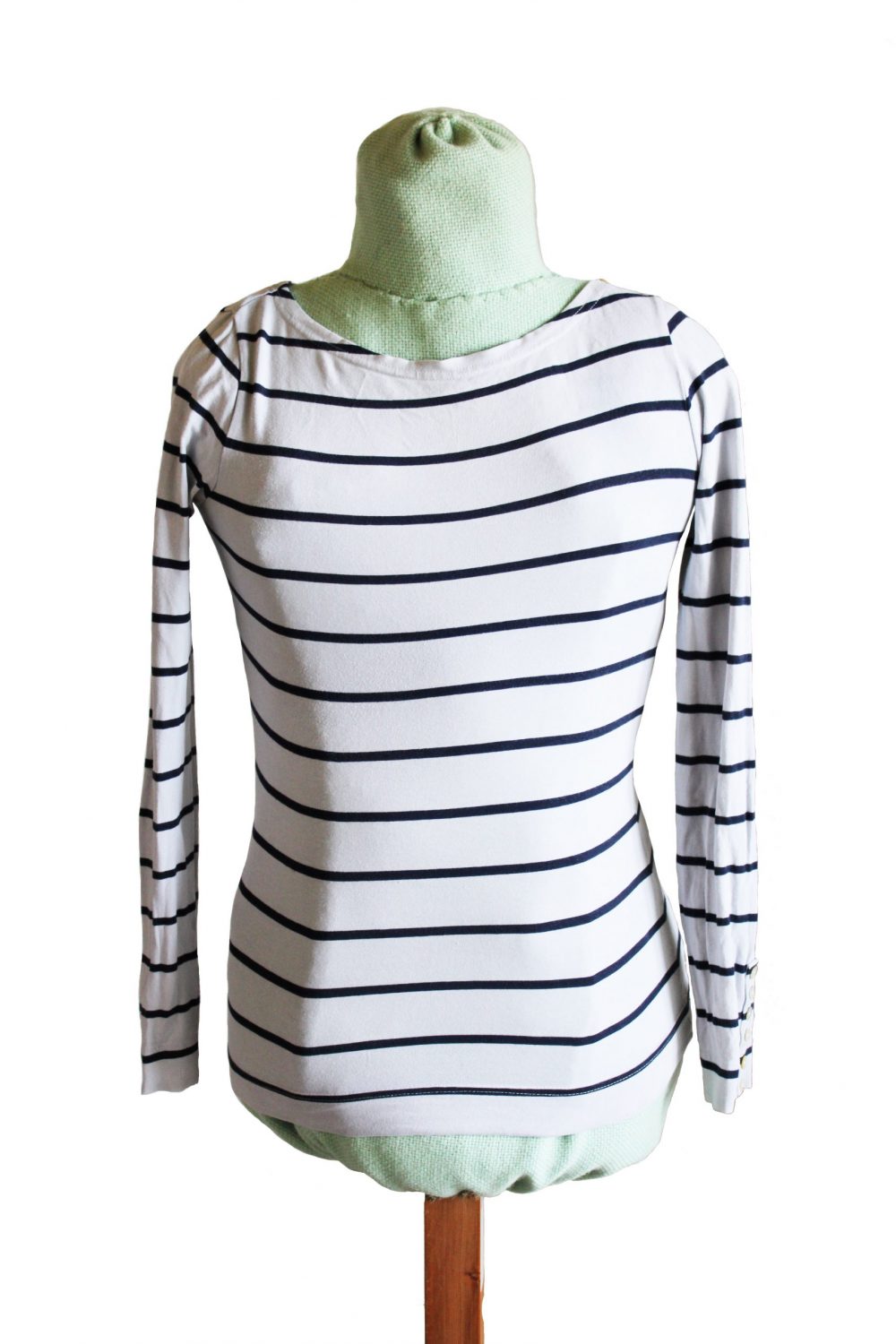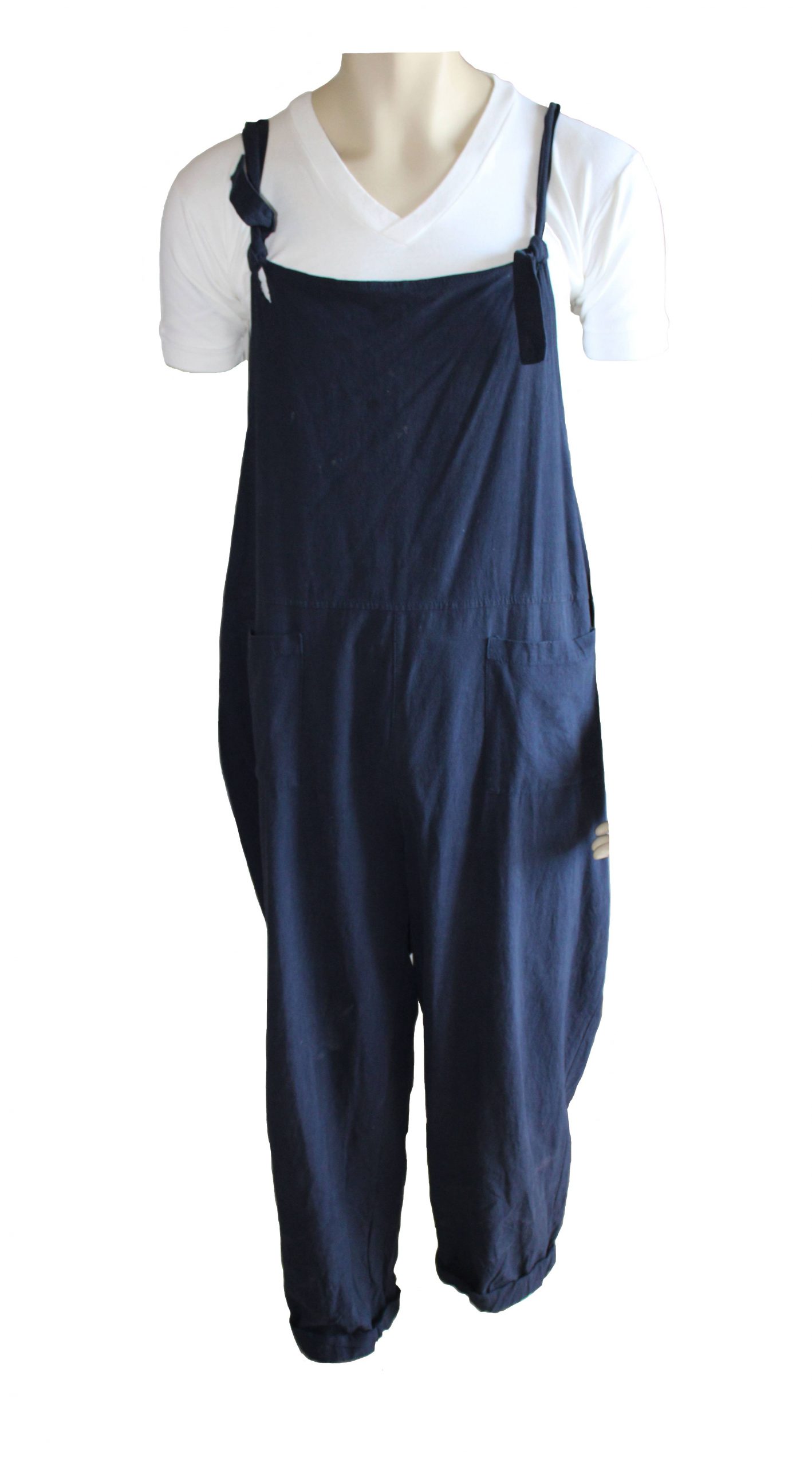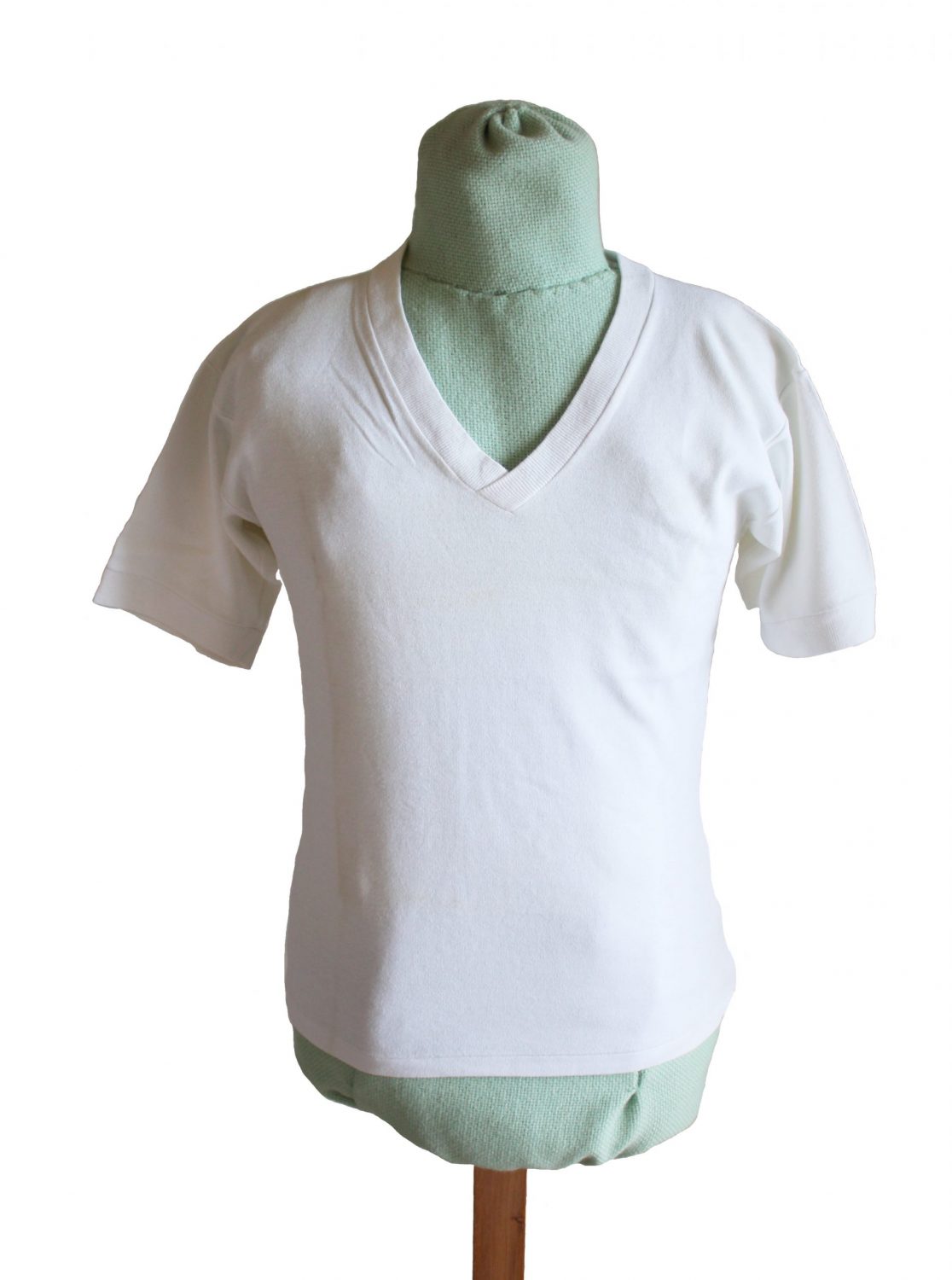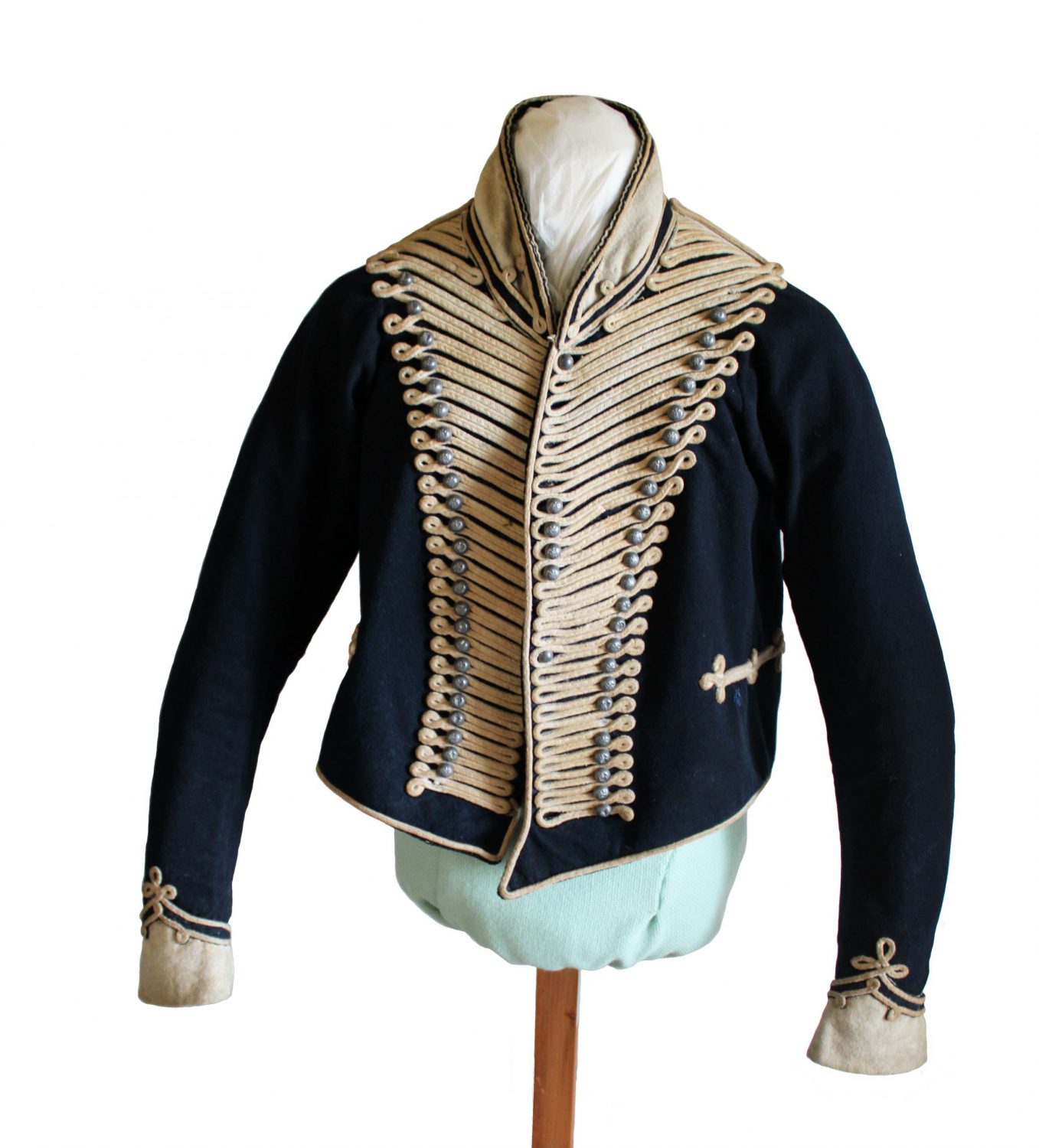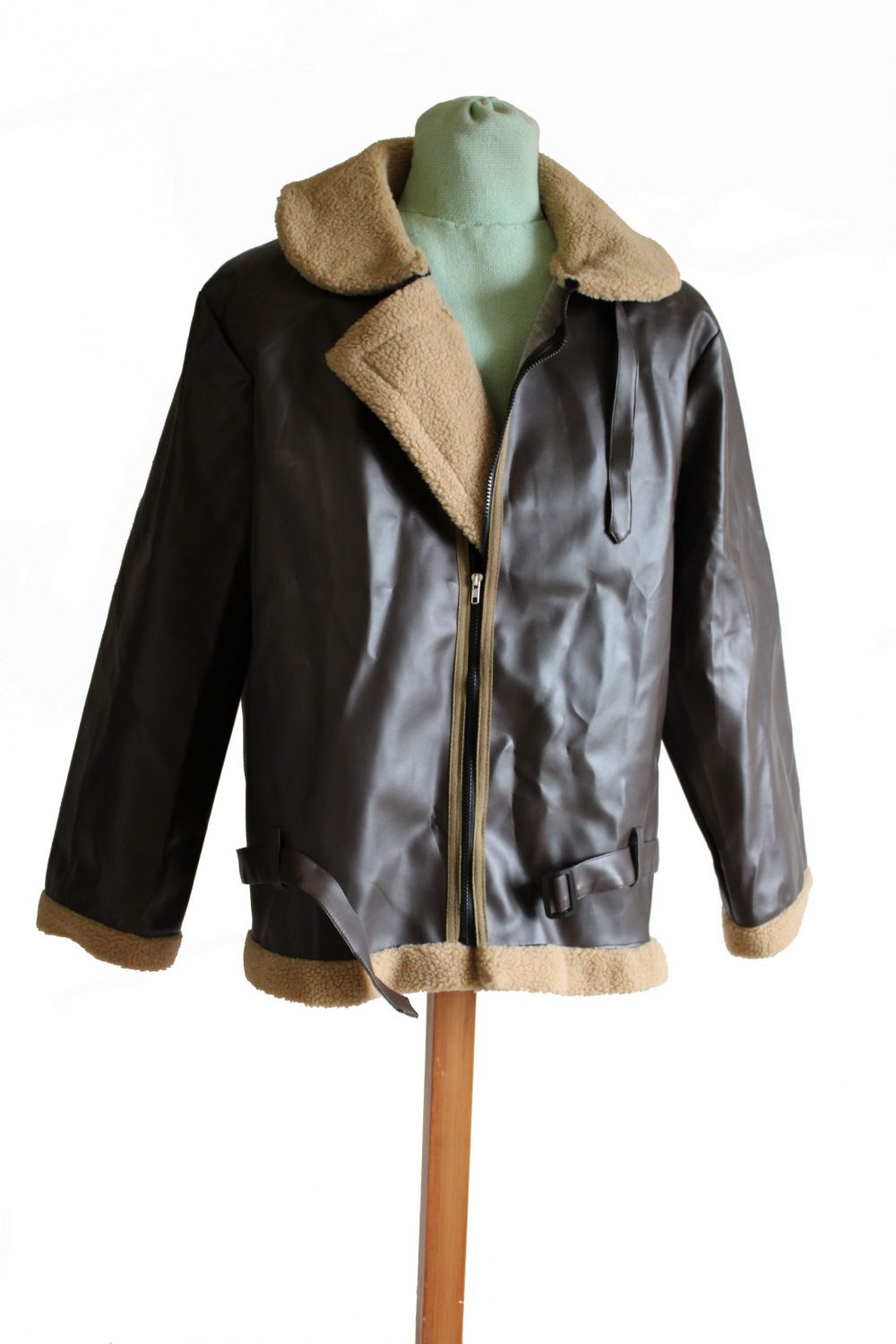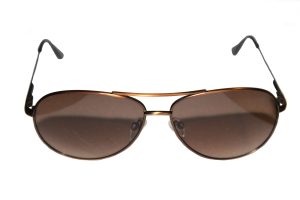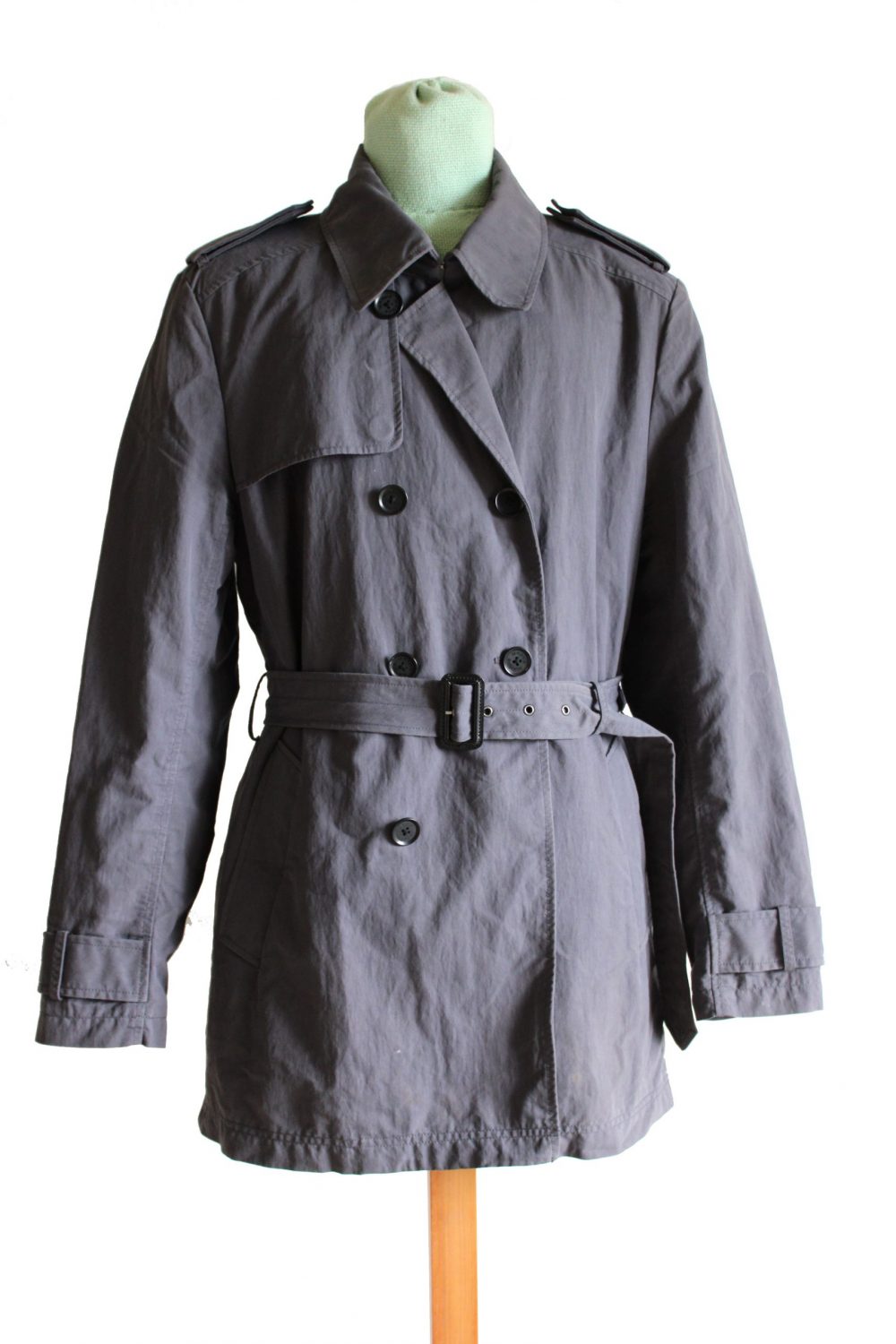This exhibition looks at the circular relationship between military and civilian clothing where each borrow elements from the other. Over time military uniforms have moved from glamour to practicality due to changes in warfare and technology. We have mostly forgotten the origins of the iconic white t-shirt or wellington boots, but military style continues to impact the clothes we wear today.
Frontiers of Fashion
History of British Uniform
Before the 1600s, most soldiers wore just an armband or sash to show their loyalty. This would sometimes lead to confusion on the battlefield, with soldiers accidentally being shot by their own side. After the English Civil War (1642-9) soldiers wore uniforms so other people knew which side they fought for.
From a practical sense, as warfare changed so did uniforms. Gunpowder produced smoke clouds, so the British could wear red and not worry about being seen. When smokeless guns became common in the 1880s, bright colours made you a target. Dull colours like khaki or camouflage were much safer. In World War 1, trench warfare caused other practical changes. Wet and muddy conditions needed warm and waterproof uniforms like wellington boots. In general, military uniform has moved from glamorous to practical over time.
Click on the images below to find out more about each object.
Fashion Vs. Military
Fashion and uniform can seem like different worlds. Fashion is about dressing differently from others, whereas uniform wants everyone to look the same. People often think military style is masculine and fashion is feminine. Throughout history however, clothing has constantly mixed between the two styles. Dungarees and striped tops were practical garments for civilians, then were used by the military and then became fashionable once again.
Fashion uses military associations to sell items, like white t-shirts and trench coats. These all benefited from marketing that made imitating soldiers desirable. In the Second Boer War (1899-1901), khaki became common in civilian athletic clothing. Khaki meant military power and exotic places to people back home.
Female fashion is often influenced by military uniform. From the 19th century, women wore green velvet dresses and pelisses. These were ideas taken from the green Rifles regimental uniform and Hussar jackets. During World War 2, outfits copied military uniforms to provide women with authority. Many modern items of clothing have lost any ties with the military, and instead are linked to fashion houses such as Jean Paul Gaultier, Donatella Versace or Yves Saint Laurent. They are now fashionable everyday items in their own right.
Click on the images below to find out more about each object.
Political and Cultural Appeal
Military uniform has an enduring cultural and political appeal. During the Vietnam War protests in 1960s, the protestors used military clothing. They bought khaki from military surplus stores and wore it to reject the war. An item of regulation and order became a uniform of rebellion. Fascist groups such as the Nazis wore uniforms to give them the authority of an army, and to inspire fear. So we see, uniforms can be for both military and anti-military purposes.
In Communist China, Chairman Mao wore a tunic with a high collar and baggy trousers, later known as the ‘Mao suit’. It became the unofficial uniform for the Chinese population, and was meant to make everyone feel the same. The garment was practical and unisex, but often wealthy officials would buy better quality fabric.
During the 1970s and 80s, performers often wore Hussar jackets, with glitzy decoration. Famous examples include the Beatles, Michael Jackson, Duran Duran and Jimi Hendrix. They might have worn these jackets because they were attractive or as an act of political rebellion. Uniforms can be borrowed by a variety of groups to make very different statements about their beliefs.
Click on the images below to find out more about each object.

